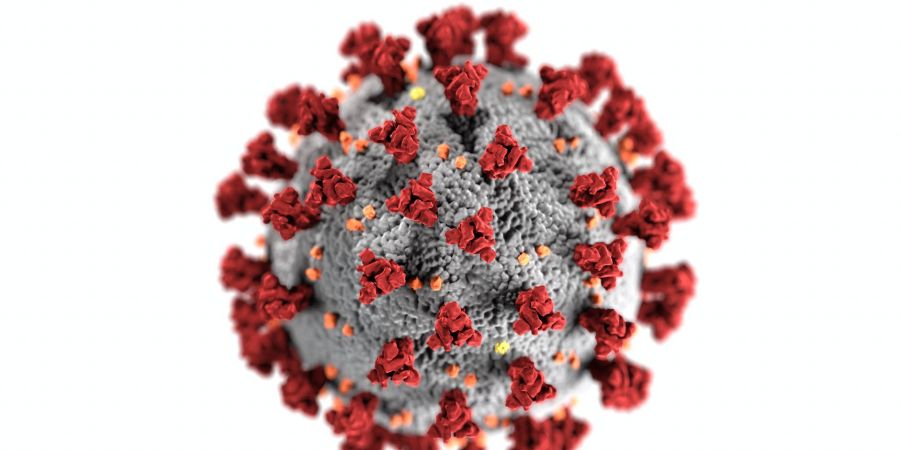

Introduction
Nursing capabilities and resources are crucial for disease management as the COVID-19 epidemic wreaks havoc around the globe. This literature review focuses on the key concerns surrounding the nursing treatment of COVID-19-affected patients.
Materials and techniques
With the help of the terms "COVID19," "2019-nCoV disease," "2019 novel coronavirus infection," "Nurse," "NursingCare," and "Nursing management," a thorough search of databases including PubMed, Web of Science (WOS), and Scopus was undertaken in order to conduct this literature study. The period covered by the literature search was from December 1st, 2020, to January 12th, 2021. The review will consist of a total of 28 original, English-language pieces.
Results
Nursing interventions in the treatment of patients include monitoring, oxygen therapy, and the use of extracorporeal membrane oxygenation (ECMO).
Introduction
Concerns regarding the development of a new disease were expressed among public health specialists on December 8, 2019, in Wuhan, Hubei Province, China, following the identification of numerous instances of unexplained pneumonia caused by a Coronavirus variant [1].
It was previously unknown that this particular coronavirus could infect people.
For unknown reasons, it is now established to be the causative agent in some people, causing widespread autoimmune reactions in those who are affected.
The virus was also linked to infections between people, which eventually resulted in a pandemic over the world [2]
According to epidemiological research on COVID-19 patients, coughing or sneezing is the primary method of transmission [3].
Results
3.1. COVID-19's epidemiologic characteristics
3.1.1. COVID-19 prevalence On January 12, 2021, there were 88,387,352 confirmed cases of COVID-19 in the world, 1,919,204 of which resulted in fatalities, according to the World Health Organization. Among the nations reporting the highest numbers of cases and mortality were the United States, with 21,761,186 infected patients (365,886 deaths), India, with 10,450,284 cases (150,999 deaths), and Brazil, with 8,013,708 cases (201,460 deaths) [7].
clinical and epidemiological characteristics, 3.1.2 Patients with mild infections may present with nonspecific symptoms like fever, fatigue, cough (with or without fever), anorexia, weakness, myalgia, sore throat, shortness of breath, nasal congestion, and headache, despite the fact that it has been reported that one-fifth of those with COVID-19 are asymptomatic [8].
3.1.5. Factors that Increase the Risk of COVID-19-Induced ARDS and Death Many more fatalities are anticipated to be reported when COVID-19 becomes more prevalent and spreads more widely throughout the world. Risk is higher in older folks and those with underlying illnesses like respiratory and cardiovascular conditions. Obesity and smoking are linked to a higher risk of dying [18]. Men and smokers in Italy had a greater mortality and illness severity risk than women [19]. Chronic respiratory conditions, hypertension, cardiovascular illness, chronic kidney disease, cerebrovascular disease, cancer, diabetes, and obesity are the most frequent risk variables for COVID-19 severity, according to a recently published meta-analysis [20]. [20] Acute respiratory distress syndrome (ARDS) is the most frequent complication in patients with COVID-19, which has a high fatality rate [21].
